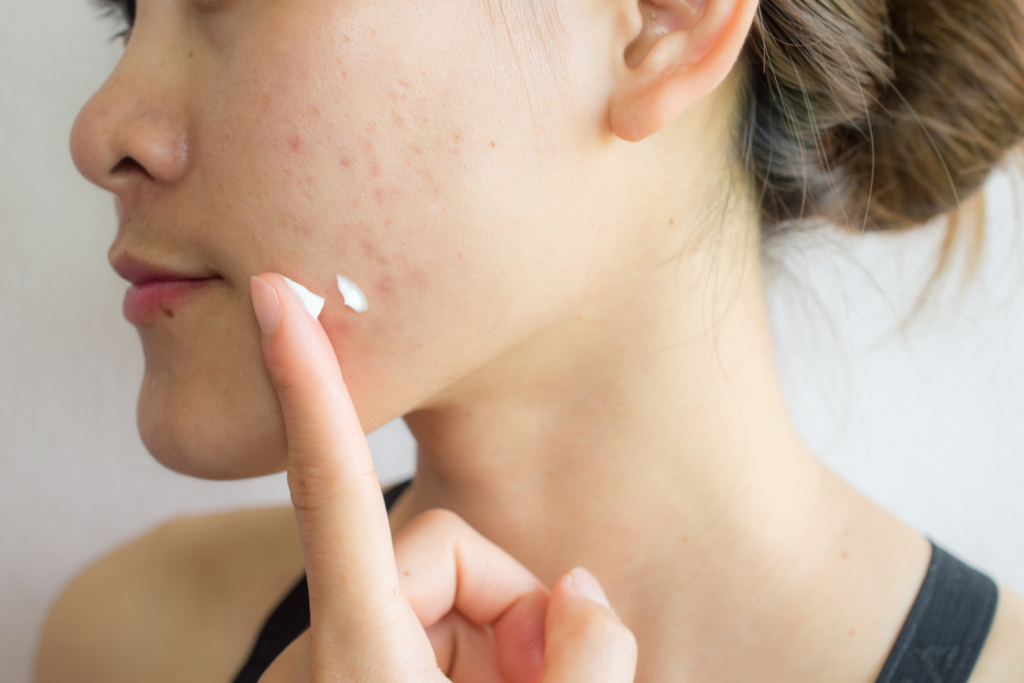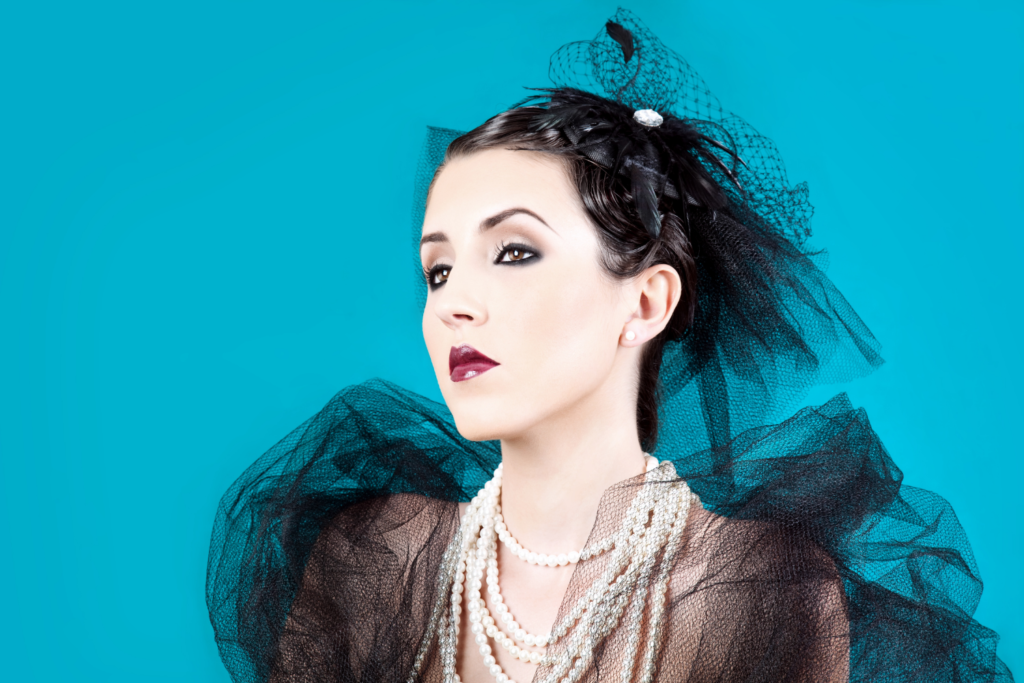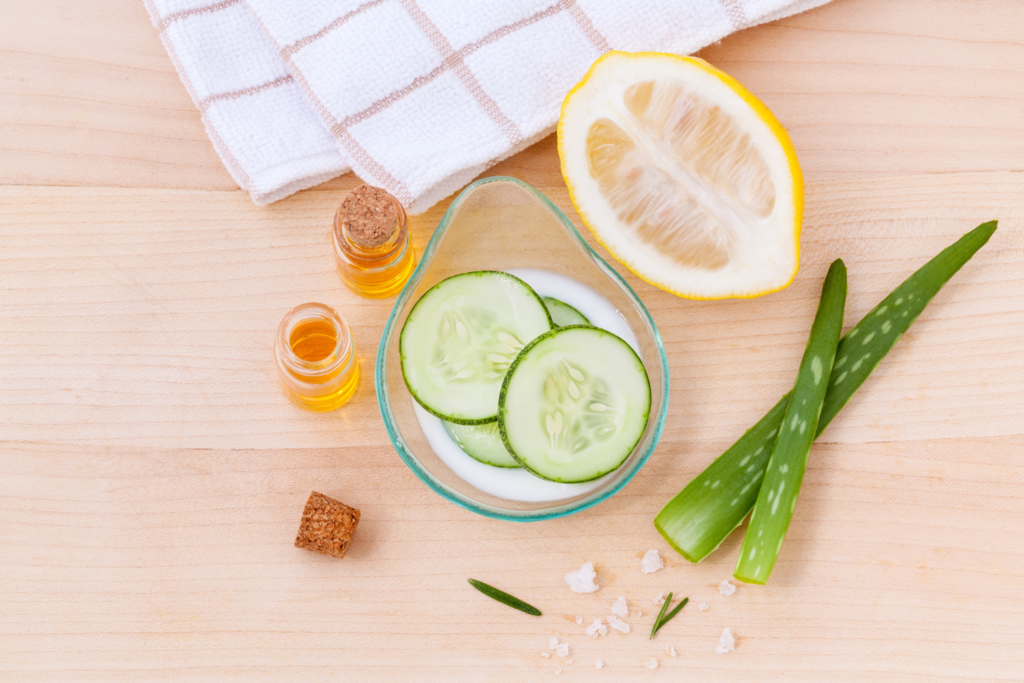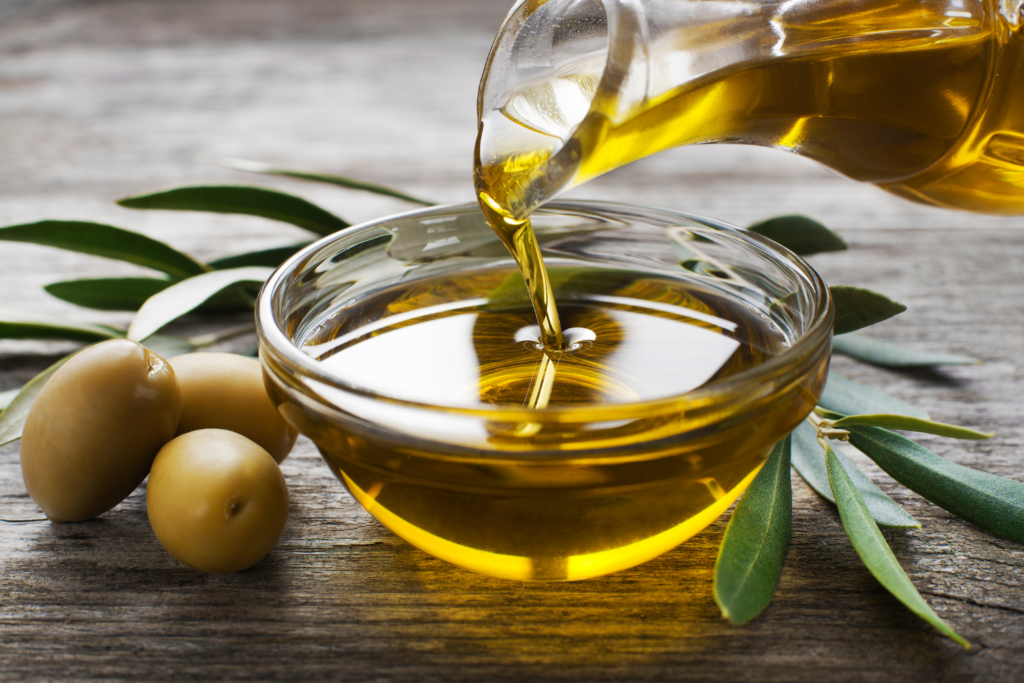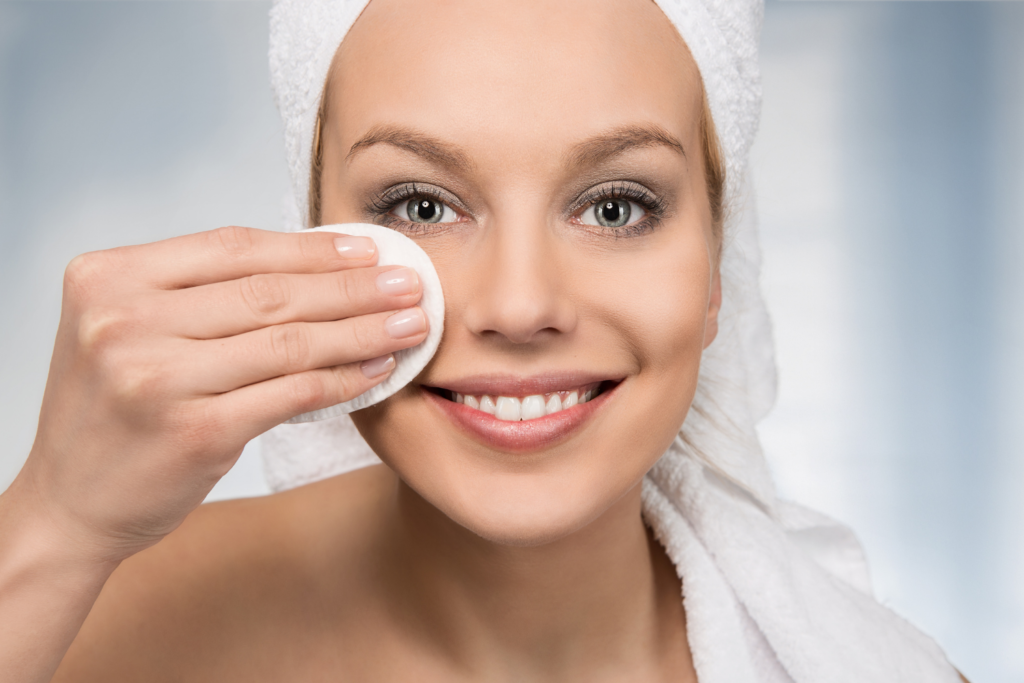Pimples, the common name for acne, are a major hassle. They are the biggest problem for teenagers, but they can afflict anyone of any age. Some people are at a loss for where acne comes from, and how to separate fact from fiction when it comes to pimples. This is a quick guide to acne, its causes, and the best treatments for it.
Definition and Causes of Acne
Acne, known by dermatologists as acne vulgaris, is the most common skin disorder in the world. According to the American Academy of Dermatology, around 40 to 50 million Americans are afflicted by acne. Over the course of one year, 85 percent of teenagers will be afflicted by acne at some point.
The exact machinations behind acne are still not completely clear, but it is certain that excess oil and bacteria are the two main culprits. The excess oil, also known as sebum, allows bacteria that are found on everyone’s skin to proliferate. These bacteria clog the pores, causing the inflammation that is acne.
Preventing Acne
The best way to prevent acne and blemishes is by keeping the skin clean of oil. Dermatologists recommend that people wash their faces twice daily with a mild cleanser, such as Cetaphil, and warm, not hot, water. This will help rid your skin of sebum. According to Healthline, sebum is “an oily, waxy substance produced by your body’s sebaceous glands”.
Another important way to prevent acne is to stay away from skin products that clog the pores. Look for makeup for oily skin, lotion, and other toiletries that are labeled “non-comedogenic.” This is a fancy word that simply means that the product will not clog pores.
How to Get Rid of Pimples
When your skin is afflicted with acne, it can be very frustrating. Especially for younger people, acne can be psychologically devastating. Luckily, modern medicine offers many ways to get rid of acne.
The most common treatment for acne is a topical treatment. This is a lotion, cream, or gel that will help prevent future breakouts. They contain different chemicals, including benzoyl peroxide, salicylic acid, retinoids, and antibiotics. They can be purchased over the counter for mild cases of acne, or stronger versions can be purchased with a doctor’s prescription. Differin and Persagel are both acne topicals that used to be prescription-only so are prescription-strength but are now available over the counter.
Oral antibiotics are a very popular way for dermatologists to treat moderate to severe acne. They work by lowering the numbers of bacteria that will clog pores. They are especially useful for getting rid of body acne that is not conveniently treated with topical medications. They are also used for acne on the face that is resistant to topical treatments. If antibiotics fail, your dermatologist may recommend a course of Accutane.
Blue-light therapy is one of the newest and hottest treatments for acne. It works by killing the bacteria that clog pores and cause acne. Blue light is an extremely tightly focused form of light, which does not contain any skin-damaging UV light as many people mistakenly believe. This is a very effective treatment that only takes four weeks to complete.
If you prefer a natural approach, check out squalane oil for acne prone skin. Squalane oil is a lightweight, non-comedogenic oil that can help manage acne by moisturizing the skin without clogging pores and regulating excess oil production, promoting a clearer and healthier complexion.
If you are dealing with pimples, blackheads, or any other form of acne, the best idea is to meet with a dermatologist to find the specific treatment plan that will work best for you. And if you have acne scars, check out these natural home remedies.

